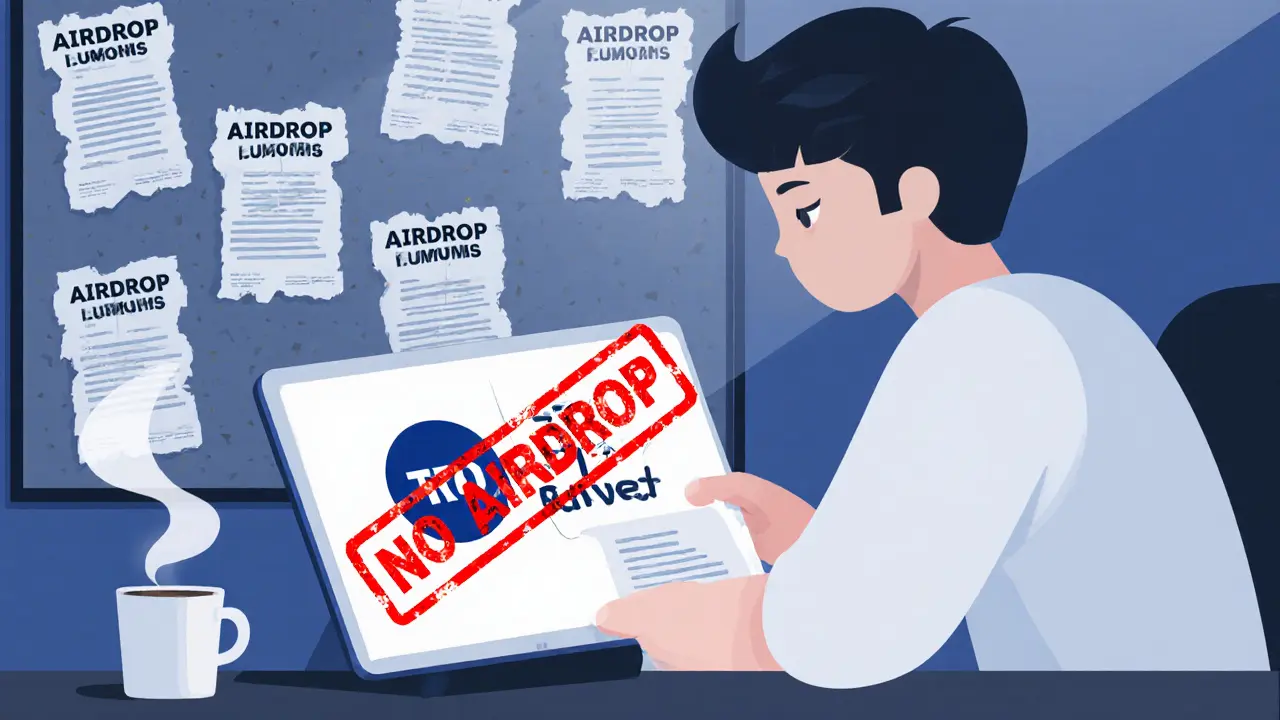ERC-20 Token Standard: Guides, Airdrops & Tokenomics Explained
When you hear ERC-20, a token standard that defines how fungible tokens behave on the Ethereum blockchain, you’re looking at the backbone of most crypto projects today. In plain terms, ERC-20 is the rulebook that tells wallets, exchanges, and dApps how to handle a token’s balance, transfers, and approvals. This consistency is why you can move a DeFi token from one platform to another without a hitch. ERC-20 powers everything from stablecoins to meme tokens, making it the go‑to standard for new token launches.
Why ERC-20 Matters on Ethereum
Ethereum Ethereum, the world’s leading smart‑contract blockchain that hosts thousands of dApps provides the network layer where ERC-20 lives. Without Ethereum’s robust infrastructure, the ERC-20 rulebook would have nowhere to execute. The relationship is simple: ERC-20 runs on Ethereum, and Ethereum’s gas model fuels each token transaction. Because Ethereum is open and programmable, developers can tweak token behavior while still adhering to the ERC-20 interface, ensuring seamless interoperability across the ecosystem.
Smart contracts Smart Contract, self‑executing code that runs on a blockchain and enforces agreement terms without intermediaries are the engines that enforce ERC-20 rules. When you create an ERC-20 token, you actually deploy a smart contract that contains functions like transfer() and approve(). These functions automatically check balances, update ledgers, and emit events that wallets listen to. In short, the ERC-20 standard defines *what* a token must do, while the smart contract defines *how* it does it on Ethereum.
Tokenomics Tokenomics, the economic design of a token, covering supply, distribution, incentives, and utility are the next layer of importance. An ERC-20 token’s supply, decimal precision, and total cap are all set in the contract’s code. These attributes determine scarcity, price dynamics, and how the token can be used—whether as a governance vote, a utility key, or a reward. Clear tokenomics help investors assess risk and understand the long‑term value proposition of a project.
Airdrops Airdrop, a distribution method that sends free tokens to eligible wallets to boost awareness and decentralize ownership are a popular way to launch ERC-20 tokens into the market. By broadcasting a simple transaction, projects can reward early supporters, generate buzz, and seed liquidity on exchanges. However, airdrops also bring security challenges—phishing, duplicate claims, and regulatory scrutiny—so participants need to verify sources and protect private keys.
Because ERC-20 tokens are so versatile, they appear in DeFi protocols, decentralized exchanges (DEXes), and even NFT platforms that need a fungible payment method. Yield farms stake ERC-20 assets to earn rewards, while liquidity pools pair them with other tokens to facilitate swaps. This cross‑application usage reinforces the standard’s dominance and creates a feedback loop: more projects adopt ERC-20, which in turn fuels more tools and services built for it.
The articles below dive deep into each of these angles. Whether you’re looking for step‑by‑step airdrop guides, tokenomics breakdowns, or reviews of exchanges that list ERC-20 assets, you’ll find fresh insights and practical tips to help you navigate the space confidently.
FourCoin (FOUR) Explained: What Is This Meme Crypto Coin?
FourCoin (FOUR) is a meme crypto built on Ethereum. Learn its tokenomics, market data, risks, and how to trade it in this detailed guide.
TRO Token Airdrop Campaign Details: What’s Real, What’s Not (2025)
No official TRO airdrop exists as of Oct2025. Learn token details, how to spot legit giveaways, and where to stay updated on Trodl.






